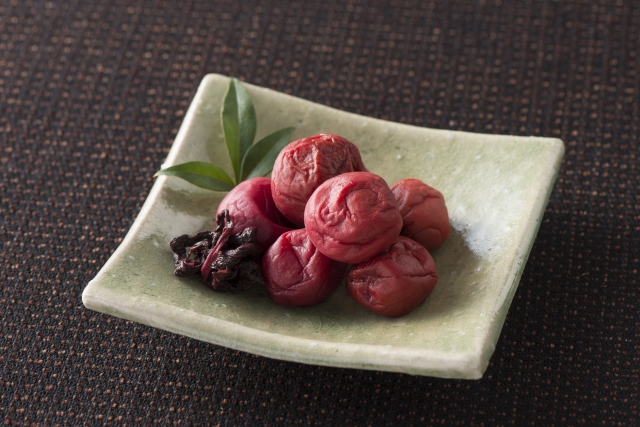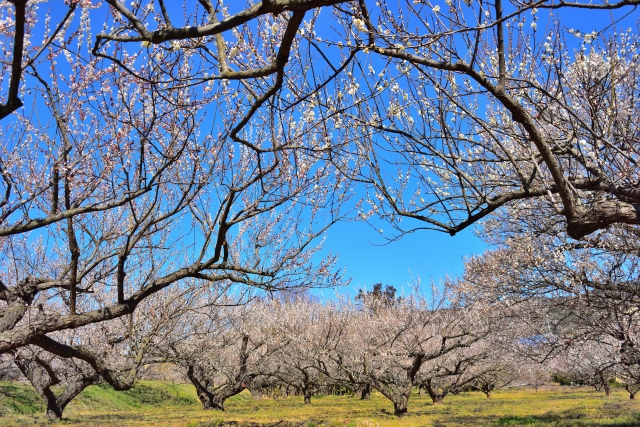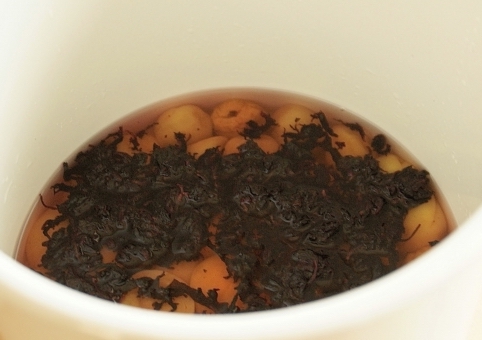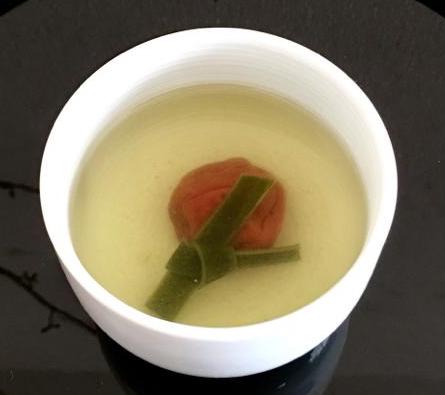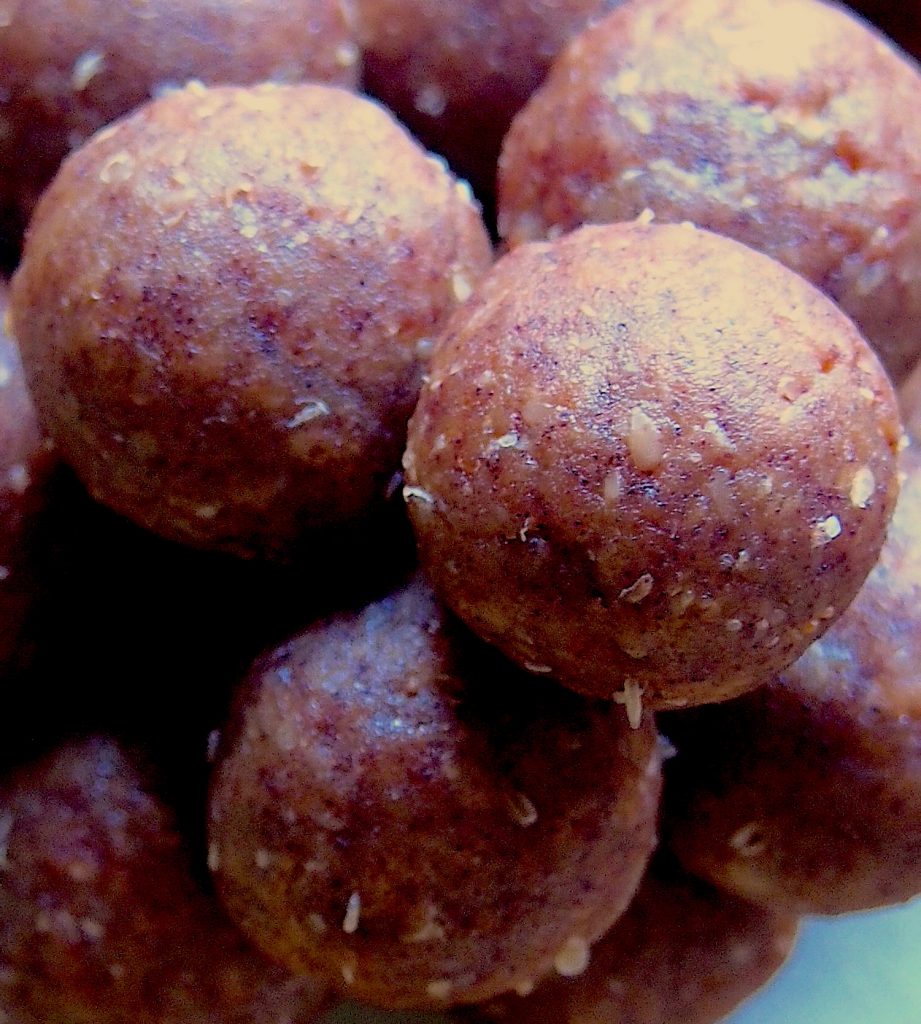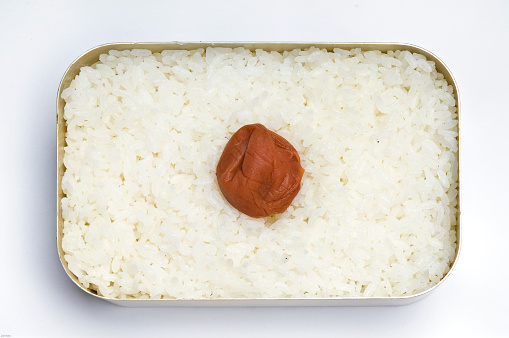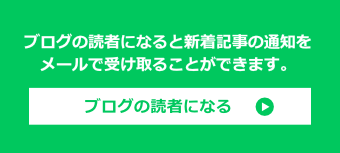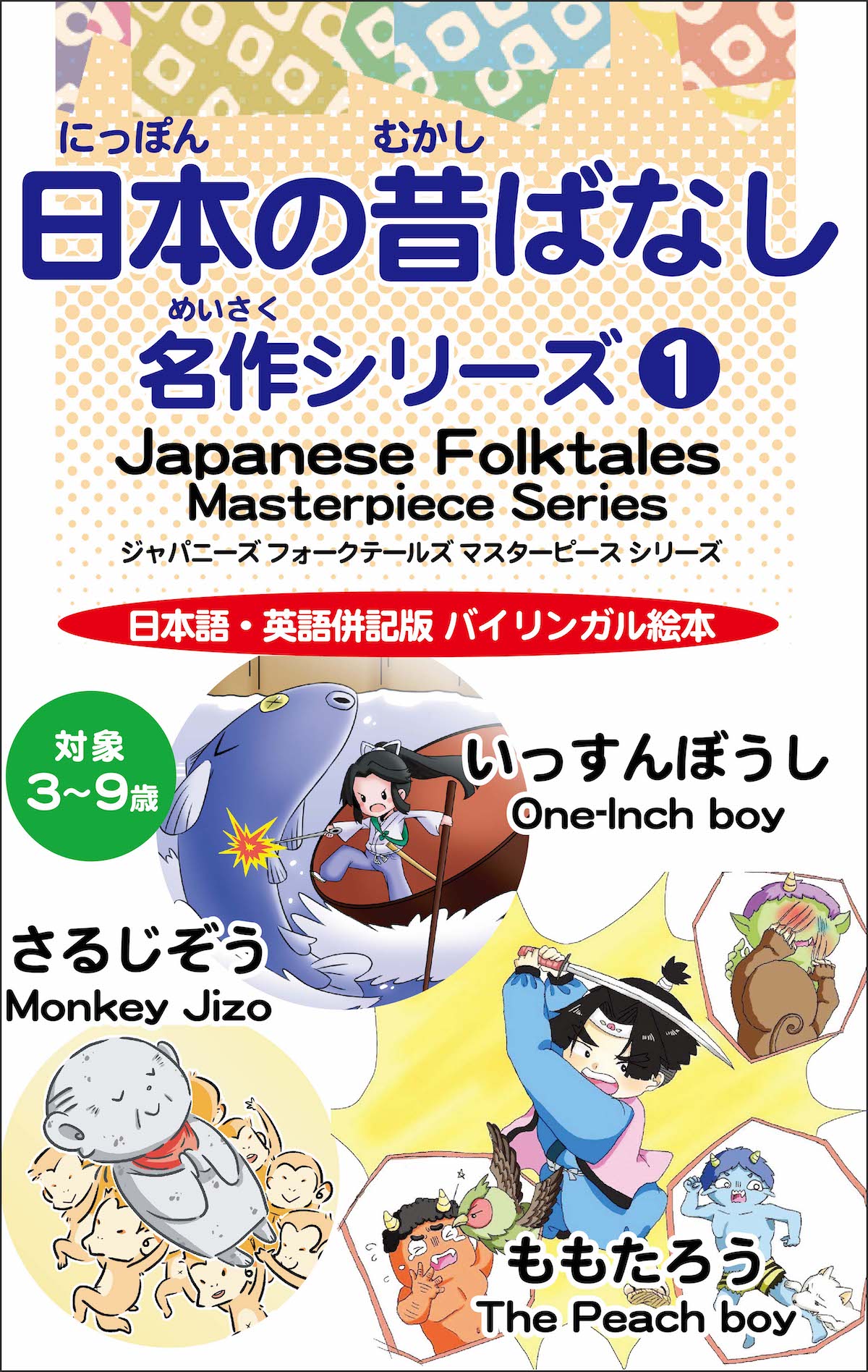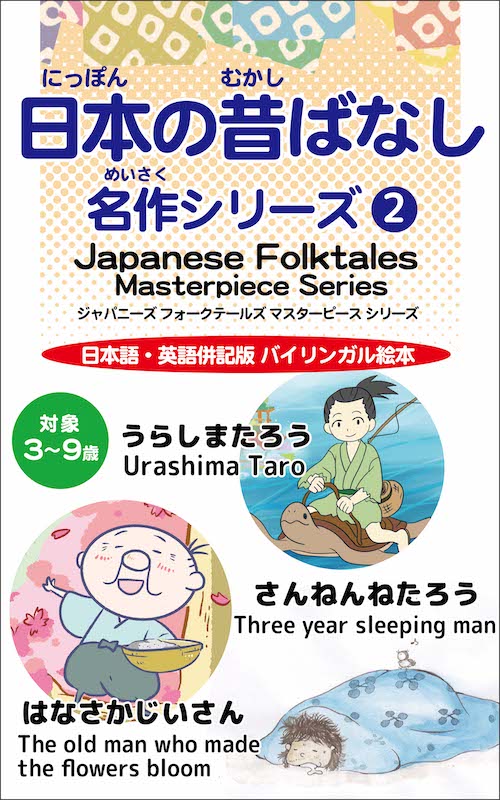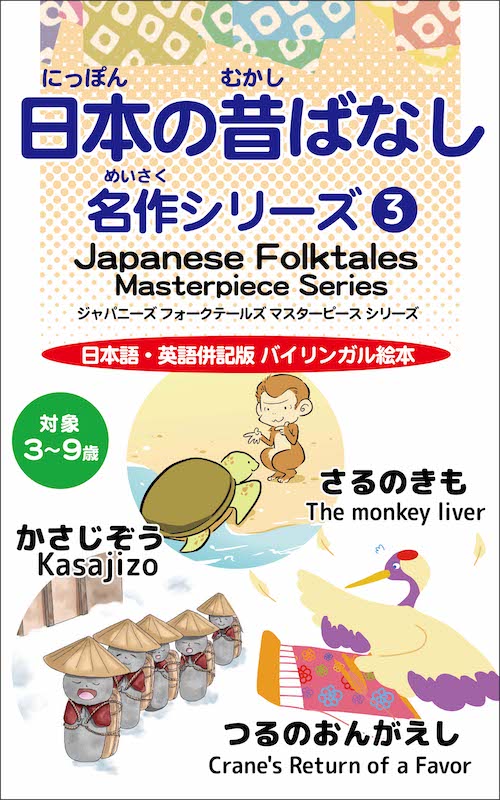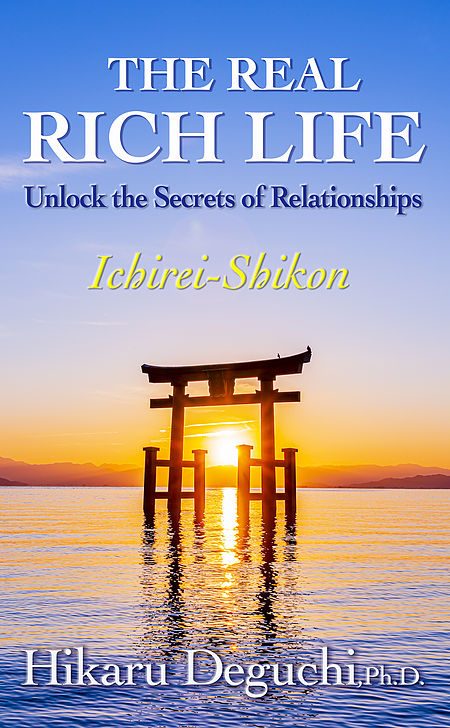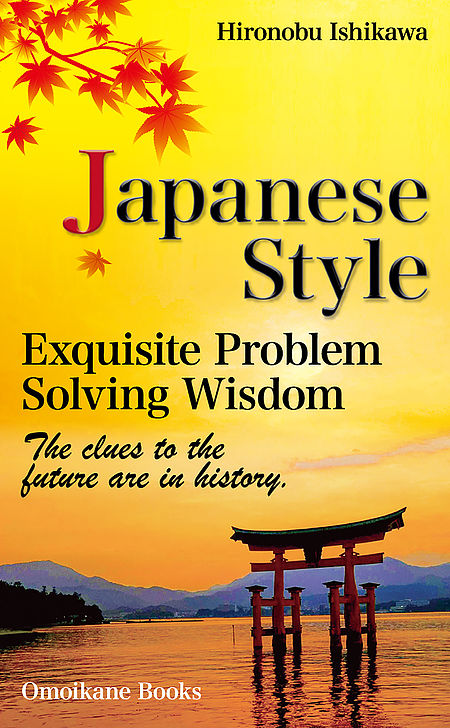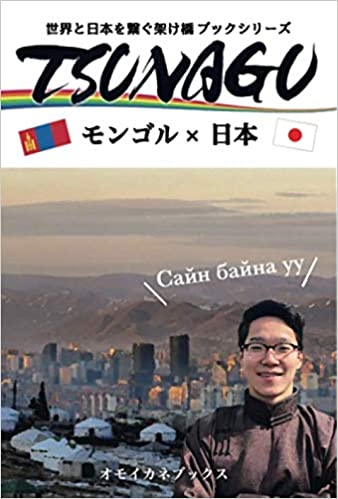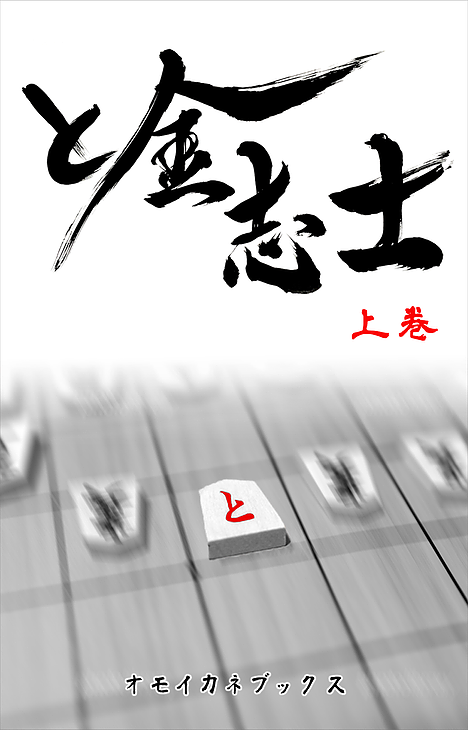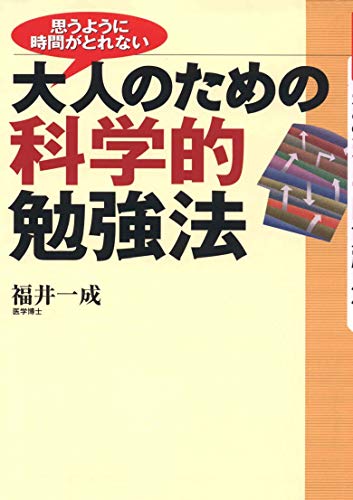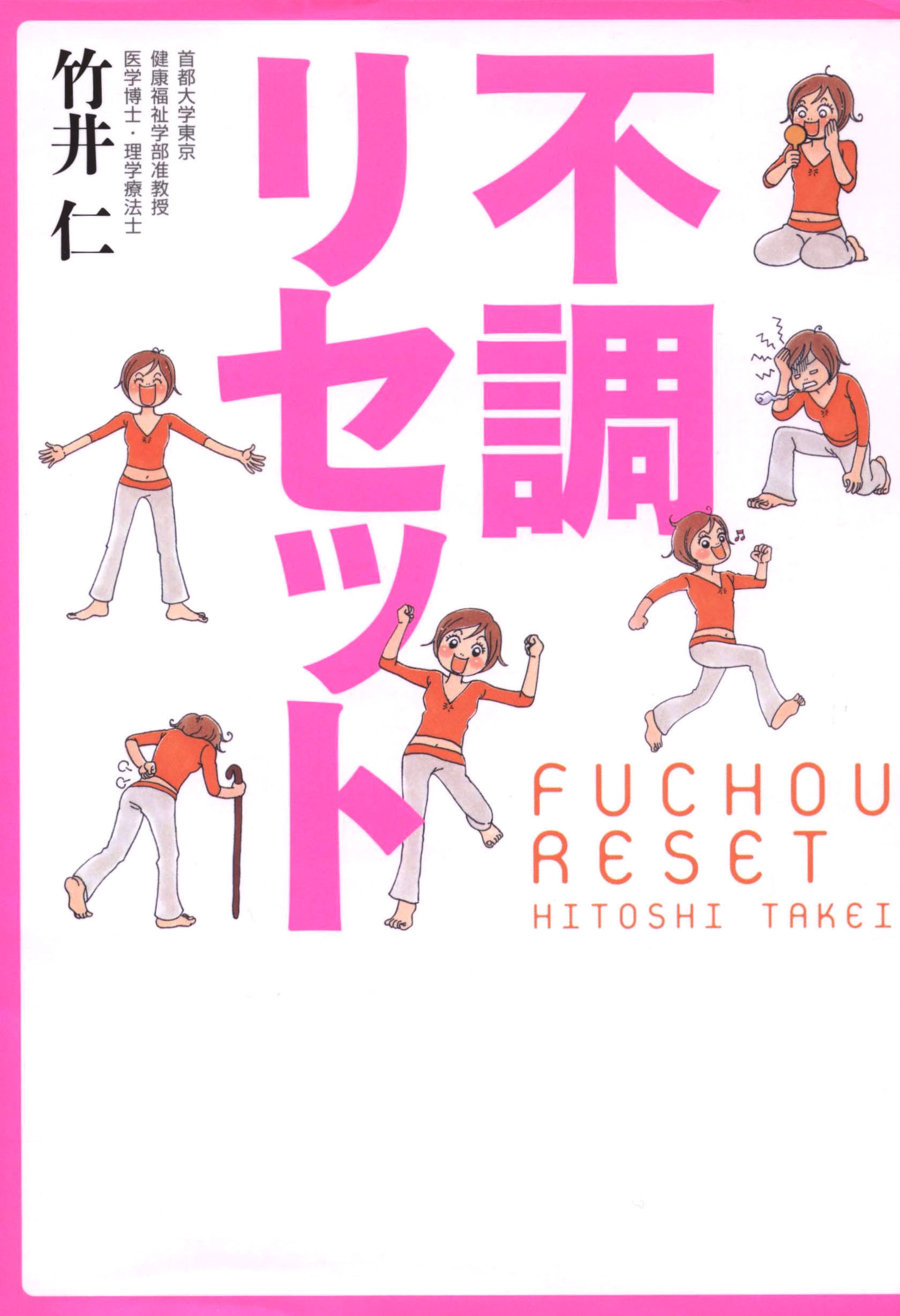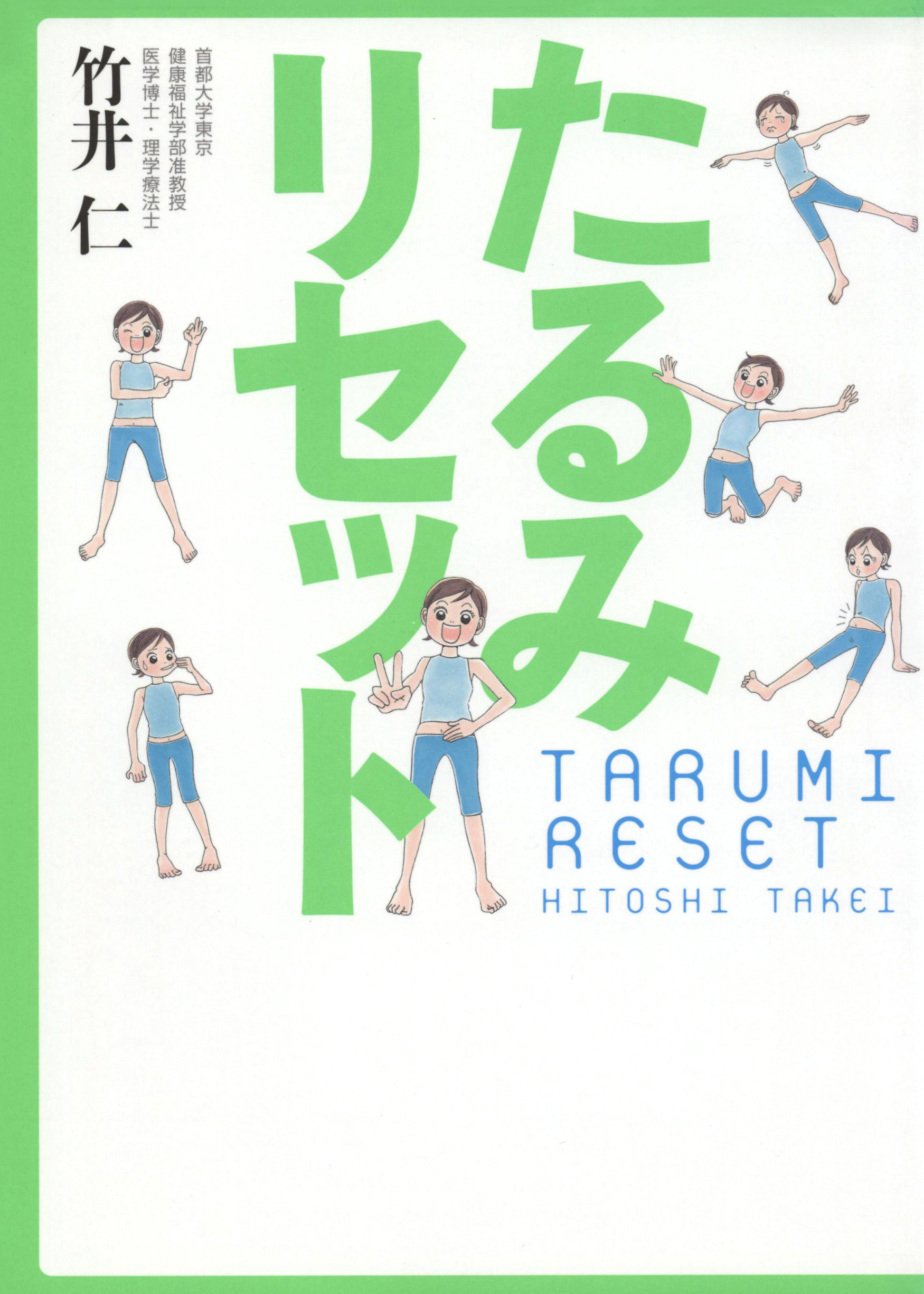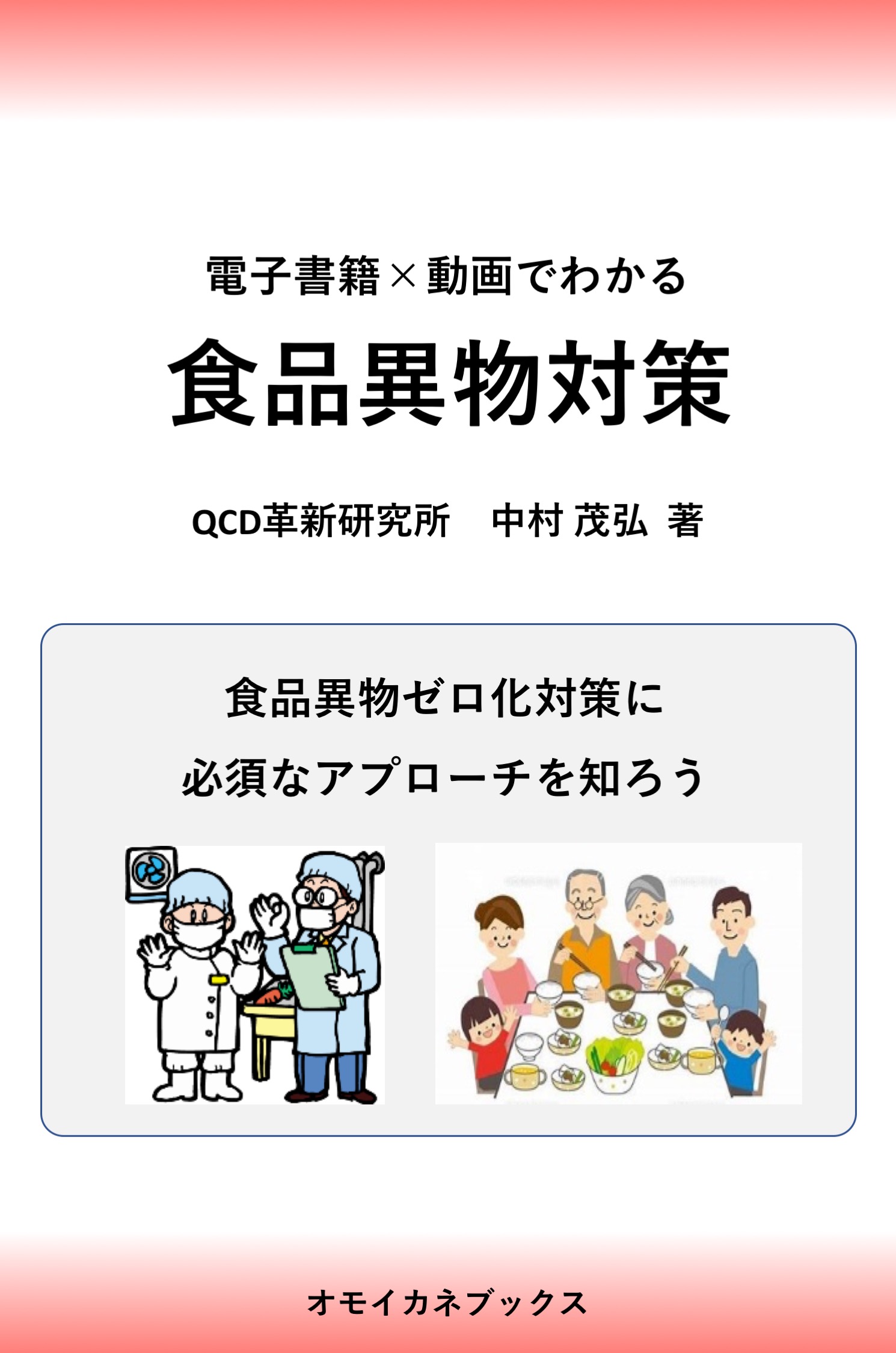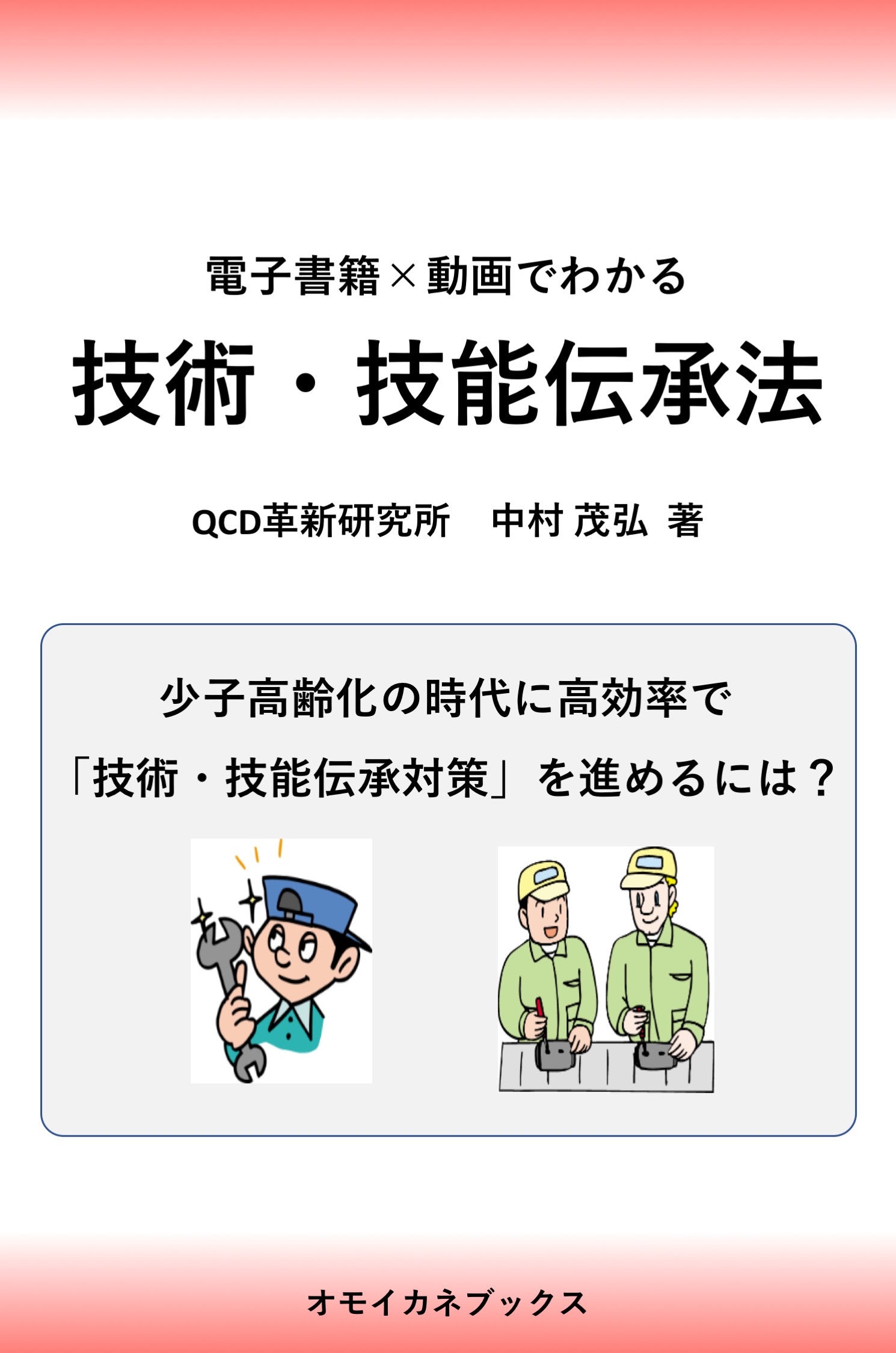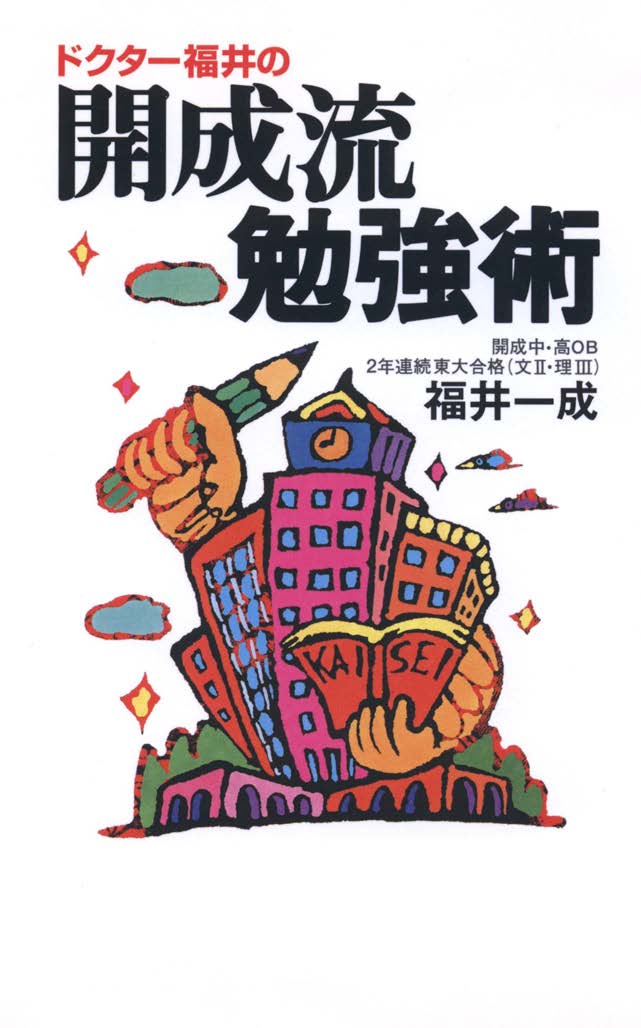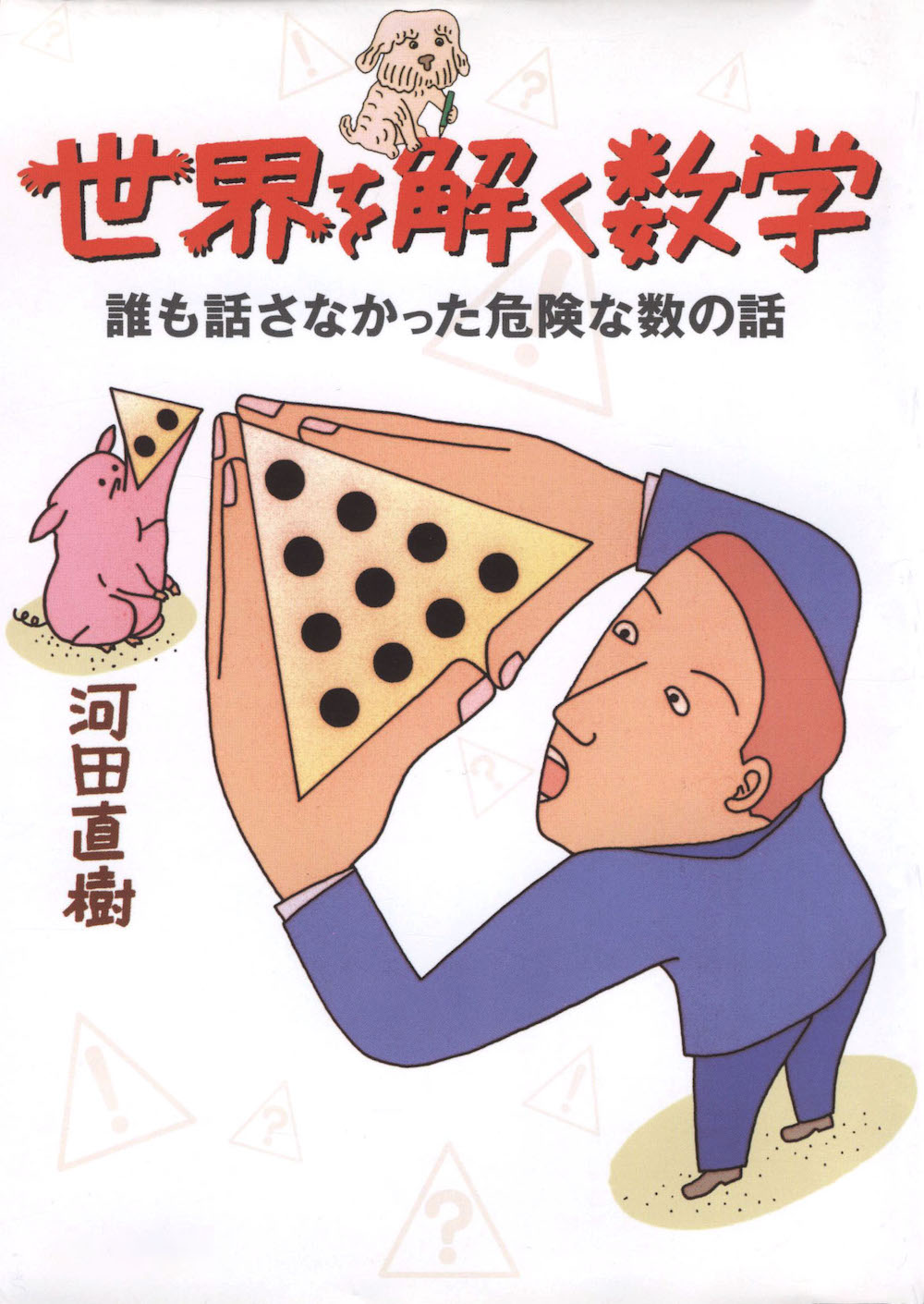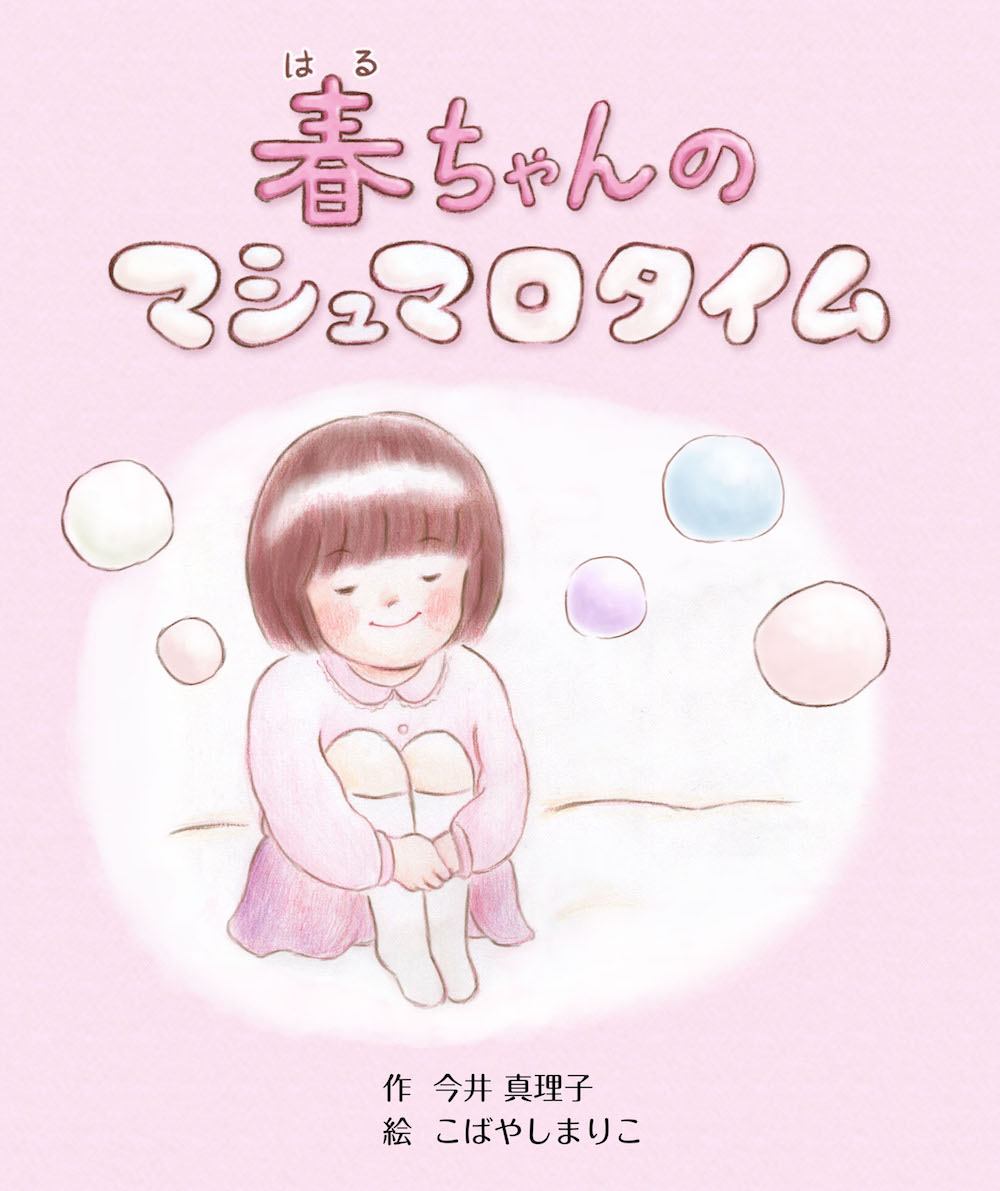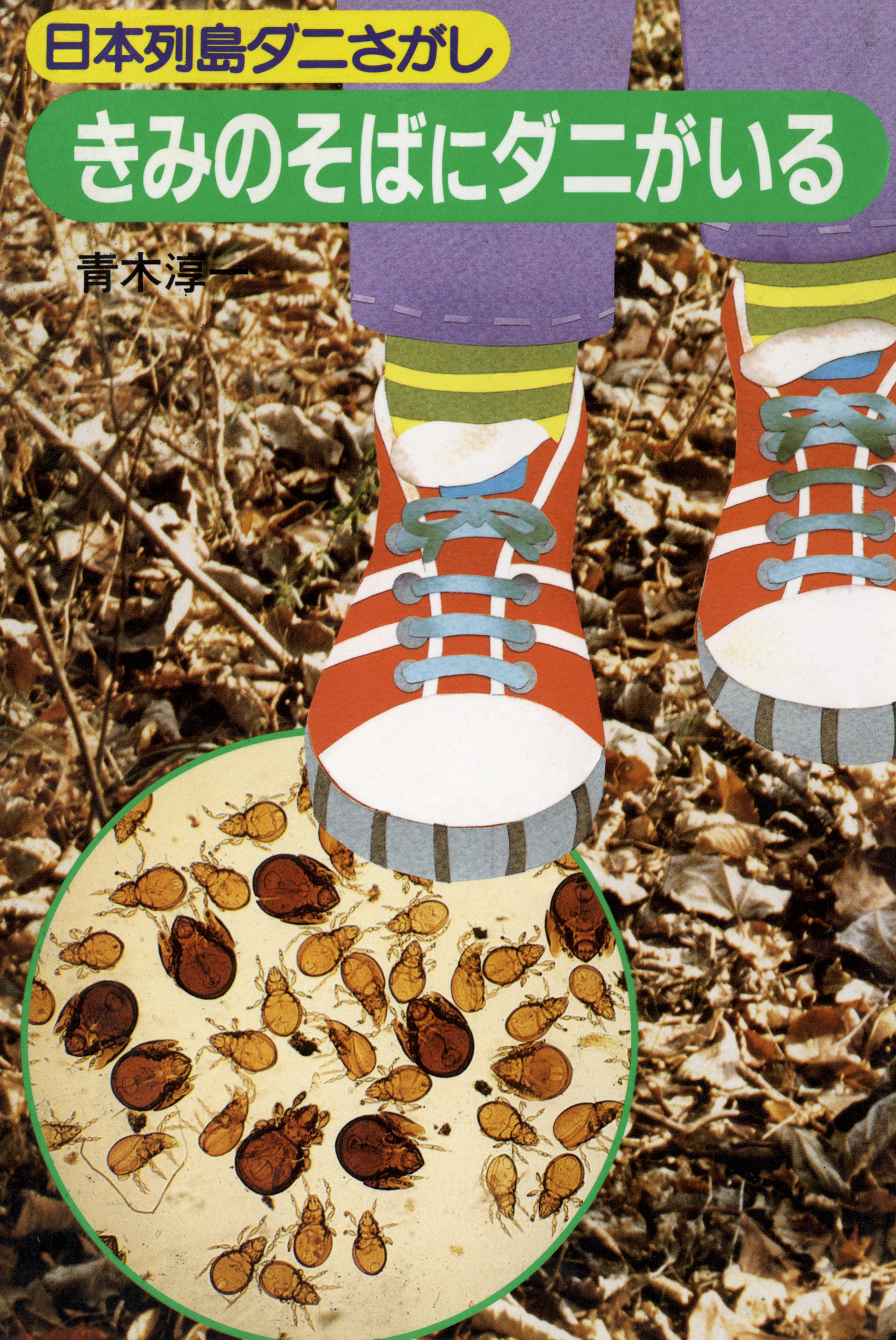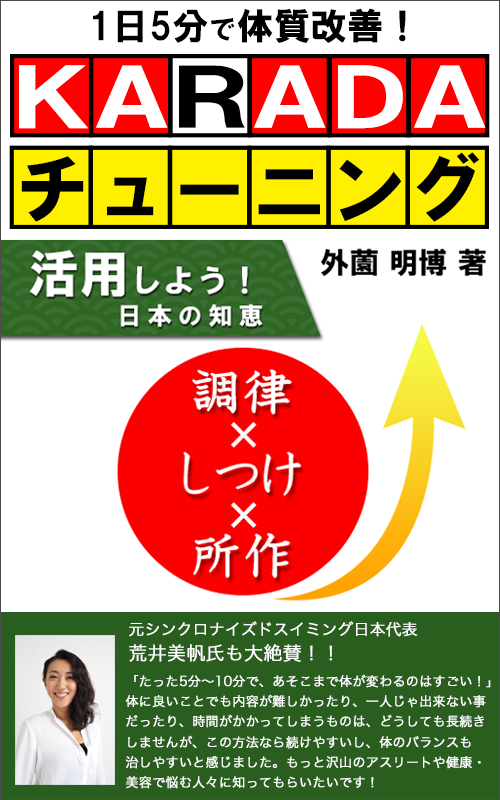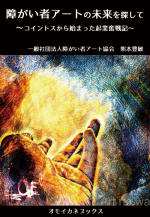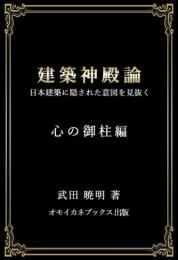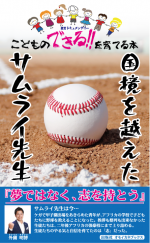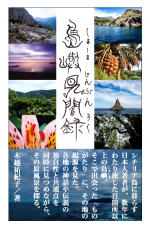現代文化のルーツを探る㉖ 梅干し
公開日:
:
現代文化のルーツ
日中は陽射しが温かくなりましたね。
うちでは昨日から娘が高校に通い始め、お弁当生活がスタートしました。これまで妻のお弁当だけでしたが、今日から2人分を作ることになったんです。1人分が2人分になるだけで大したことないと思っていましたが、これが結構難しい。量も苦手な食材も違うので、結構悩みます。慣れるまでは試行錯誤ですね。
温かく時期になると心配なのが、お弁当が悪くなること。最近は保冷剤や保冷バッグも進化していて、色々なものが出ていてとても便利です。昔はそういったものがなかったので、梅干しや紫蘇など、殺菌作用の強い食材を入れて腐敗を防いでいたんですね。僕は今でも入れています。
梅干しのおにぎりや、日の丸弁当は昔からあるイメージですが、梅干しは一体いつ頃から食されているのでしょうね?
今日は梅干しのルーツを探ってみたいと思います。
まずは梅干しの元となる梅の話から。日本の梅には中国からの渡来説と、日本古来の原産地説とがあります。多くの文献においては、前者が採用されていますね。梅は中国原産の花木で、2000年前に書かれた中国最古の薬物学書『神農本草経』には、すでに梅の効用が説かれていました。そして日本に梅が伝わったのは奈良時代以前。
日本の文献に「梅」という文字が最初に現れるのは、日本最初の漢詩集といわれる『懐風藻(かいふうそう)』(751年)におさめられている、葛野王(かどののおおきみ)の「春日翫鶯梅」と題する五言詩です。また、日本最古の歌集『万葉集』にも、梅を題材とした和歌が数多くあります。なんと、桜の花を詠んだ作品が42首であるのに対し、梅の花は118首にも登場するんですね。
ここからもわかるように、梅は当時多くの人たちに愛されていたんですね。ただ、梅が重宝されたのは、花の美しさだけではないのです。古代から梅の実にさまざまな効能のあることが知られており、そのため人々から広く利用されていました。梅の実は奈良時代にはすでに柿・桃・梨・あんずなどと同様に、生菓子に加工して食べていたようです。そして、その後梅の効用が知られるようになり、梅の塩漬けを保存食、食薬品として用いるようになったのです。
梅干しの原型ともいえる梅の塩漬けが「梅干し」として初めて書物に現れるのは平安時代中期頃です。平安時代に宮中医官を務めた丹波康頼が撰した日本最古の医学書である「医心方」の中で、薬として紹介されたのが初めてといわれています。梅干しは医心方に効用が記述されるほど効果のある食べ物だったわけですが、梅の実は当時貴重なものだったこともあって、貴族などの身分が高い人たちしか食べることができませんでした。
エピソードの1つとして、村上天皇(在位946~967年)が疫病にかかったとき、梅干しと昆布を入れたお茶を飲んで回復したという記録があります。これが元旦に飲む縁起物として今に受け継がれている「大福茶」の起源とされているんですね。この年が申年であったことから、以来、申年の梅干しは特別なものとして珍重されるようになりました。
時は鎌倉時代に移り、『世俗立要集』という文献に「梅干ハ僧家ノ肴」と紹介されています。この意味は、梅干しはお坊さんの酒のさかなとして利用されていたということです。なんと、薬だった梅干しは酒のさかなとしても食されるようになりました。この風潮が、やがて武家の食膳にも広がって、武士の出陣の際には、縁起をかついで必ず梅干しを食べたそうです。
戦国時代には、梅の効用はますます認められるようになり、軽くてかさばらない梅干しは兵糧食として用いられるようになりました。日もちもよいのでとても重宝されんですね。兵士が戦場で働いても疲れることなく、簡単に栄養を補給でき、しかも軽くてかさばらない、そんな理想の兵粮食が「兵糧丸」です。この兵糧丸にも梅干しが使われていました。
江戸時代になると、貴族や武士だけでなく、庶民の食卓にも梅干しが広がります。江戸中期には、町でも梅干しが売られるようになり、梅干し売りが声をあげながら町を歩く姿も見られるようになりました。また、梅の漬け方が工夫されるようになったのもこの頃。梅干しの紫蘇漬けや、梅を砂糖漬けにした甘露梅が生まれました。江戸末期には『諸国古伝秘方』(1817年)という日本各地にあった健康法の口伝を記した文献に、現在の梅肉エキスの原型となるものの作り方が記されています。
明治維新となり、文明開化と称して西欧の知識がもてはやされ、江戸時代のものは旧弊とされたことから、梅の健康効果に対する関心は一時途絶えてしまいます。その後、明治から大正にかけて起こった日清・日露戦争や第一次世界大戦では、再び梅干しが重要な兵糧食として採用され、これにより増加する梅の需要に合わせて、和歌山県をはじめ、全国各地に梅林が広がりました。この頃、学校に通う子どもたちに日の丸弁当が奨励されるようになりました。日の丸弁当が生まれたのは、この時代なんですね。
しかし、その後の第二次世界大戦中には食糧としてサツマイモの栽培が奨励され、梅の生産量は激減します。戦後、日本の復興発展とともに梅の効用が再評価されるようになり、梅の栽培が再び盛んになり、梅を使ったさまざまな食品が登場しました。昭和30年代になり、日本経済が復興の兆しを見せ始めると、果実類の需要が増加し、梅の栽培も急速に回復。高度経済成長期には食生活が多様化し、梅の需要も増加し栽培面積が急増します。そし様々な品種が生み出されるのです。
日本人は昔から梅の効用を知り、梅とともに生きてきました。今では梅味の商品がたくさん販売されていますね。食材を腐らせないツールや、体の調子を整えるものはたくさんありますが、もう一度梅の効用を見直して見るものいいかもしれませんね。
The sun has warmed up during the day.
My daughter started high school yesterday, and we have started the lunch box life. I thought it wouldn’t be a big deal just because it’s for one person, but it’s quite difficult. I thought it wouldn’t be a big deal, just one serving for two, but it’s quite a challenge, since we have different amounts and different ingredients that we don’t like. It’s trial and error until you get used to it.
One thing I worry about when the weather gets warmer is that my lunches will go bad. Recently, coolants and cooling bags have evolved, and there are many different kinds available, which are very convenient. In the past, there were no such things, so people used to put in sterilizing ingredients such as dried plums and shiso to prevent spoilage. I still use them today.
Onigiri (rice balls) with pickled plums and Hinomaru bento (boxed lunches) have been around for a long time, but I wonder how long people have been eating umeboshi.
Today, I’d like to explore the roots of umeboshi.
First of all, let’s talk about the plums that are the source of umeboshi. There are two theories about the origin of Japanese plums: one is that they came from China, and the other is that they originated in Japan. In most of the literature, the former is adopted. Ume is a flowering plant native to China, and the oldest Chinese pharmacological book, the “Shen Nong Ben Sous Jing”, written 2,000 years ago, already mentioned the benefits of ume. Ume was introduced to Japan before the Nara period (710-794).
The first mention of the word “plum” in Japanese literature is in a five-word poem by the King of Kuzuno titled “Kasuga fan Yingbai” (Spring Days with Plum Trees), which is included in the first Chinese poetry collection in Japan, Kaifuso (751). The oldest anthology of Japanese poetry, the Manyoshu, also contains many waka poems about plum blossoms. While 42 of the poems are about cherry blossoms, 118 poems are about plum blossoms.
As you can see from this, plum blossoms were loved by many people at that time. However, it was not only the beauty of the flowers that made the plum tree so valuable. Since ancient times, ume fruits have been known to have a variety of beneficial effects, which is why they were widely used by people. As early as the Nara period (710-794), ume fruits were processed into fresh sweets and eaten in the same way as persimmons, peaches, pears, and apricots. Later, the benefits of ume became known, and pickled ume came to be used as a preservative and food medicine.
Salted pickled plums, the original form of umeboshi, first appeared in books around the middle of the Heian period (794-1185). It is said that it was first introduced as a medicine in the oldest medical book in Japan, “Ishinbou,” written by Yasuyori Tanba, who served as a court physician during the Heian period. Dried plums were such an effective food that they were described in the book, but because they were so valuable at the time, only noblemen and other people of high status could eat them.
There is a record of an episode in which Emperor Murakami (reigned 946-967) recovered from a plague by drinking tea with dried plums and kelp. This is said to be the origin of Daifuku tea, which has been passed down to this day as a lucky charm to be drunk on New Year’s Day. Since that year was the year of the goddess of mercy, pickled plums in the year of the goddess of mercy were prized as something special.
In the Kamakura period (1185-1333), the phrase “umeboshi is a snack for priests” was introduced in a book called “Seikoku Ritsuyoshu. This means that pickled plums were used by monks as a snack for drinking. In other words, umeboshi, which used to be medicine, came to be eaten as a snack with sake. This trend eventually spread to the food of samurai families, who always ate pickled plums for good luck when they went into battle.
During the Warring States period, the benefits of ume became more and more recognized, and the light and bulky pickled plums were used as rations for soldiers. They were also very useful because they lasted longer. Hyobogan is an ideal food for soldiers that can be easily nourished without tiring them on the battlefield, and is light and bulky. Dried plums were also used in Hyobugan.
In the Edo period (1603-1868), pickled plums were used not only by aristocrats and samurai, but also by the common people. In the middle of the Edo period, pickled plums began to be sold in towns, and people could be seen shouting as they walked through the streets. It was also around this time that people began to devise new ways to pickle plums. Shiso pickled plums and candied plums were born. Toward the end of the Edo period, a book titled “Kokuden Hippo (Ancient Secrets of the Nations)” (1817), which describes the oral traditions of health methods in various parts of Japan, describes how to make the prototype of today’s ume extract.
With the Meiji Restoration, Western knowledge was touted as the “opening of civilization” and the Edo period was considered old-fashioned. Later, during the Sino-Japanese War, Russo-Japanese War, and World War I that took place from the Meiji to Taisho periods, pickled plums were once again adopted as an important food for soldiers, and in response to the increasing demand for plums, plum groves spread all over the country, including Wakayama Prefecture. Around this time, Hinomaru lunch boxes were encouraged for children attending school. So it was during this period that the Hinomaru lunch box was born.
However, during the Second World War, the cultivation of sweet potatoes was encouraged as a food source, and the production of ume plums declined drastically. After the war, as Japan’s reconstruction and development progressed, the benefits of ume were reevaluated, ume cultivation began to flourish again, and a variety of foods using ume appeared. In the 1950s, as the Japanese economy began to show signs of recovery, the demand for fruits increased and ume cultivation recovered rapidly. During the period of high economic growth, dietary habits diversified and demand for ume increased, leading to a rapid increase in the area under cultivation. This led to the creation of many different varieties.
Japanese people have long known the benefits of ume and have lived with it. Nowadays, there are many ume flavored products on the market. There are many tools to keep food from spoiling and to keep your body in good shape, but it might be a good idea to take another look at the benefits of ume.
関連記事
-
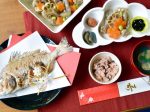
-
現代文化のルーツを探る㉒ お食い初め
2021/03/24 |
皆さんお食い初めの記憶はありますか? ないですよね(笑)あったらびっくりです。お子さんがいらっしゃ...
-
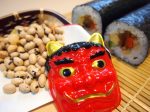
-
現代文化のルーツを探る⑧ 節分と豆まき
2021/02/02 |
令和三年、今年の節分は2月2日です。なんで2月2日なの?って思いませんでしたか?僕も思いました。 ...
-
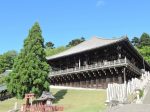
-
春の訪れとともに人々の幸福を願う「修二会」
2022/02/28 |
明日から3月ですね。 皆さんは、3月に奈良の東大寺で行われる「お水取り」という行事をご存知ですか?...
-
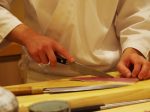
-
現代文化のルーツを探る③「包丁」
2021/01/16 |
料理に使う道具っていろいろありますね。鍋、フライパン、お玉、菜箸など、様々な道具を使って、私たちは日...
- PREV
- 現代文化のルーツを探る㉕ 豆腐
- NEXT
- 現代文化のルーツを探る㉗ コマ
